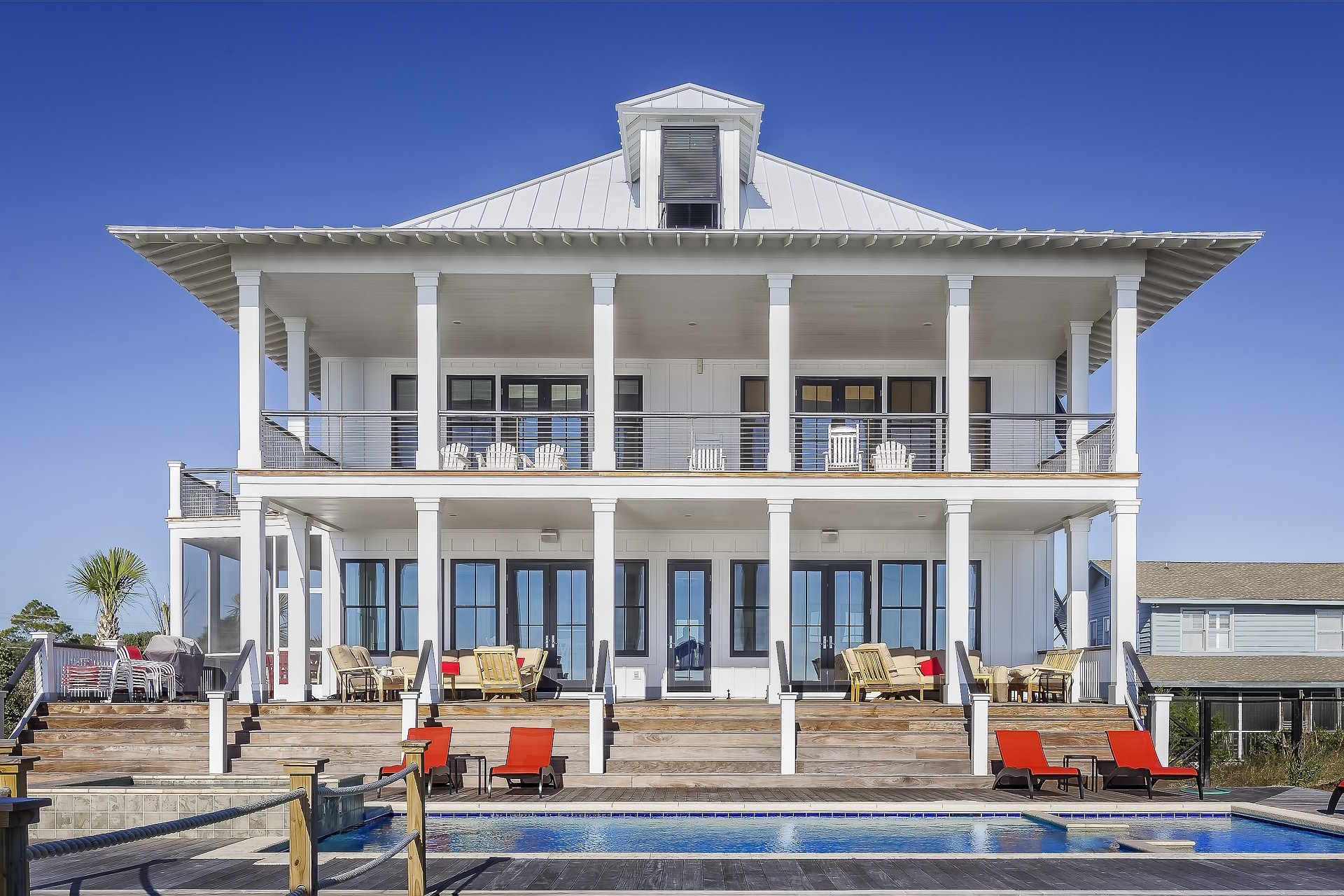The Rising Significance of Adaptive Reuse in Real Estate
Adaptive reuse, the process of repurposing buildings for uses other than what they were originally built for, has been a notable trend in real estate for years. Yet, its significance has amplified recently due to several factors such as urbanization, sustainability concerns, and shifting market demands. In this article, we delve into the world of adaptive reuse, its historical context, current trends, and impact on the real estate market.

Historical Context and Key Developments
Adaptive reuse is not a new concept. For centuries, societies have been repurposing structures to suit their changing needs. From the transformation of Roman amphitheaters into housing complexes in the Middle Ages to the conversion of industrial warehouses into modern lofts, adaptive reuse has a rich history.
In the 20th century, the trend gained traction in the United States as urban areas started to decline, and historic buildings were left vacant. The National Historic Preservation Act of 1966 helped fuel the adaptive reuse movement by providing incentives for the preservation of historic structures. In recent decades, the trend has accelerated, driven by factors like urban revival, sustainability movements, and shifts in market demands.
Current Market Trends and Analysis
Today, adaptive reuse is a significant trend in real estate, fueled by both economic and environmental considerations. From a financial perspective, adaptive reuse can be a cost-effective alternative to new construction, particularly in areas where land is scarce or expensive.
Moreover, it aligns with the growing societal push towards sustainability. Adaptive reuse is inherently eco-friendly, minimizing construction waste and reducing the need for new materials. This trend is particularly prevalent in the commercial real estate sector, where many investors and developers are capitalizing on the benefits of adaptive reuse.
Advantages, Challenges, and Impacts
Adaptive reuse offers numerous advantages. It can revitalize neighborhoods, preserve historical architecture, and promote sustainability. Moreover, it provides opportunities to create unique and character-filled spaces that appeal to modern consumers’ tastes.
However, it is not without challenges. Regulatory hurdles, structural issues, and financing difficulties can complicate adaptive reuse projects. Despite these obstacles, the impact of adaptive reuse on the real estate market is largely positive. It offers a viable solution for utilizing vacant or underutilized properties, thereby contributing to neighborhood revitalization and economic development.
Backed by Research
Research supports the growing trend of adaptive reuse. A study by the Urban Land Institute found that adaptive reuse projects often yield higher returns than traditional real estate developments. Another study by the National Trust for Historic Preservation found that in most cases, renovating older buildings produces less carbon than constructing new ones.
A Balance of Depth and Accessibility
Adaptive reuse represents the intersection of preservation, innovation, and sustainability in real estate. While it may sound complicated, it is essentially about finding new purposes for old spaces. By understanding this trend, both seasoned investors and first-time buyers can identify unique opportunities and contribute to sustainable development in their communities.
In conclusion, adaptive reuse is a dynamic trend that is reshaping the real estate landscape. As market demands shift and sustainability becomes a priority, this approach is likely to become even more significant in the years to come.



